Structure of the Esophagus
The esophagus is approximately 25 centimeters long and is located behind the windpipe (trachea). It is made up of several layers of tissue, including:- Mucosa: The innermost layer that comes into direct contact with food. It contains mucous-secreting glands to lubricate the passage of food.
- Submucosa: This layer contains blood vessels, nerves, and glands that secrete mucus.
- Muscularis: The muscular layer responsible for the rhythmic contractions that push food downward (peristalsis).
- Adventitia: The outermost layer that connects the esophagus to surrounding structures.
Function of the Esophagus
The primary function of the esophagus is to transport food from the mouth to the stomach. This process involves a series of coordinated muscle contractions that propel the food bolus downward through the esophagus.Peristalsis
Peristalsis is the coordinated muscular contraction and relaxation that moves the food through the esophagus. It begins when the upper esophageal sphincter relaxes to allow the passage of the food bolus into the esophagus. Then, a wave of muscular contractions pushes the food downward, and finally, the lower esophageal sphincter relaxes to allow the food to enter the stomach.Disorders of the Esophagus
Some common disorders of the esophagus include gastroesophageal reflux disease (GERD), esophageal cancer, esophagitis (inflammation of the esophagus), and esophageal strictures (narrowing of the esophagus).Study Guide
To understand the esophagus thoroughly, it is essential to study the following aspects:- Structure and layers of the esophagus
- Functions of the esophagus
- Process of peristalsis in the esophagus
- Common disorders of the esophagus
◂Biology Worksheets and Study Guides High School. Introduction to animals
Worksheet/Answer key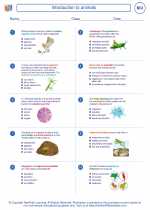 Introduction to animals
Introduction to animals  Worksheet/Answer key
Worksheet/Answer key Introduction to animals
Introduction to animals  Worksheet/Answer key
Worksheet/Answer key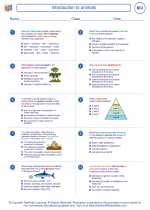 Introduction to animals
Introduction to animals  Worksheet/Answer key
Worksheet/Answer key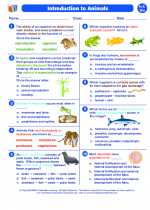 Introduction to animals
Introduction to animals  Vocabulary/Answer key
Vocabulary/Answer key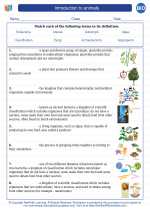 Introduction to animals
Introduction to animals  Vocabulary/Answer key
Vocabulary/Answer key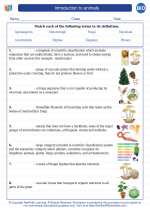 Introduction to animals
Introduction to animals  Vocabulary/Answer key
Vocabulary/Answer key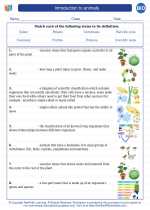 Introduction to animals
Introduction to animals 

 Worksheet/Answer key
Worksheet/Answer key
 Worksheet/Answer key
Worksheet/Answer key
 Worksheet/Answer key
Worksheet/Answer key
 Vocabulary/Answer key
Vocabulary/Answer key
 Vocabulary/Answer key
Vocabulary/Answer key
 Vocabulary/Answer key
Vocabulary/Answer key

The resources above cover the following skills:
Concepts of Life Science (SC1, SC2, SC3)
The student demonstrates an understanding of the structure, function, behavior, development, life cycles, and diversity of living organisms by describing the structure-function relationship